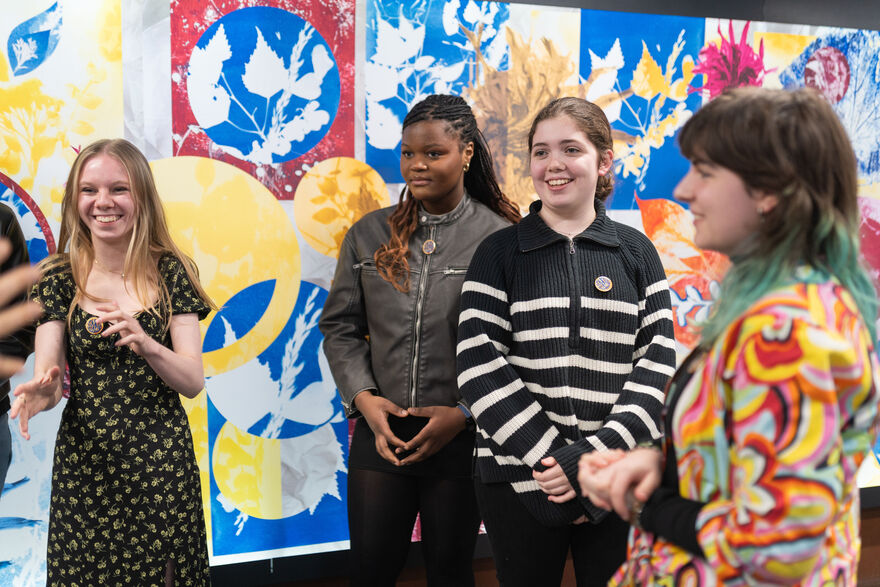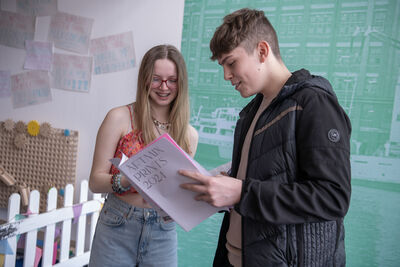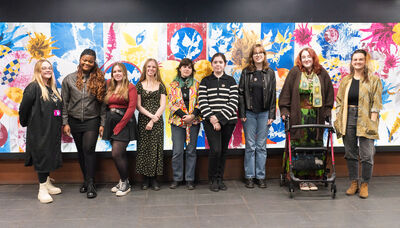For Young People
For the talent of the future, our Young Creatives programme is designed to nurture young people’s creativity, provide opportunities to explore different artforms and perspectives, build social bonds and enable progression. We value young people’s creative voices and look for authentic ways to platform the work of young artists who engage in Baltic’s Young Creative programme.

Donate to keep Baltic free
As a registered charity, donations to Baltic are crucial as rising costs threaten our ability to
- Keep our exhibitions free entry and accessible to everyone
- Preserve support and opportunities for our communities to thrive
- Maintain our historical and iconic building



